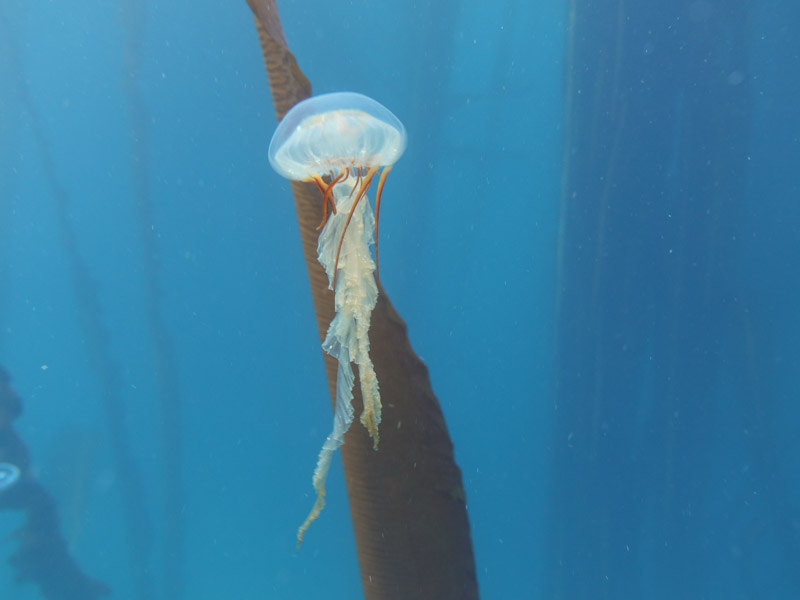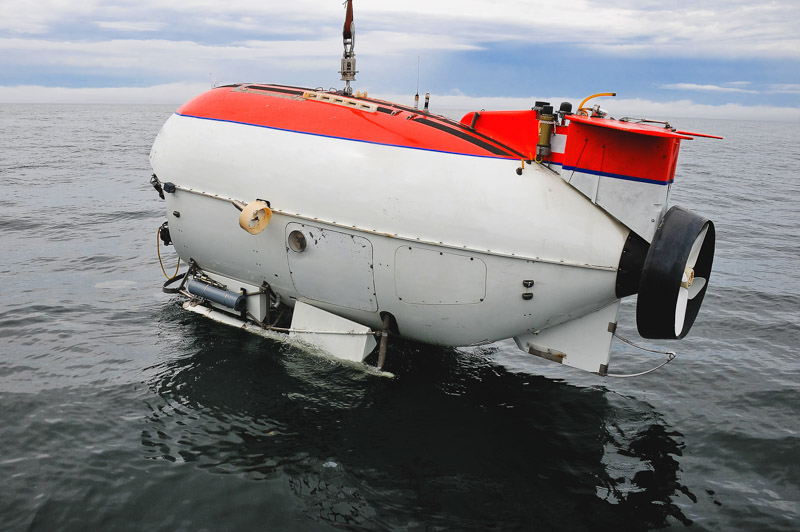
Changing Landscape
Changing Landscape asks students to analyze “repeat photographs” (taken from the same vantage point at different times) of Alaska glaciers to observe the effects of retreating glaciers on the landscape.

Changing Landscape asks students to analyze “repeat photographs” (taken from the same vantage point at different times) of Alaska glaciers to observe the effects of retreating glaciers on the landscape.

In this 7-9 day investigation, students are engaged in a variety of hands-on demonstrations and experiments that will help them to understand thermohaline circulation in the ocean. They begin with an introductory activity that helps them to review or arrive at a definition of density, then go on to demonstrate the effects of temperature and salinity on density and design their own experiment to simulate ocean mixing. They experiment further with hot and cold water as they consider the effects of tropical and polar climates on ocean currents, and end by writing conclusions to summarize their learning.

In this 5-7 day investigation, students learn about vehicles used to explore the sea. They then learn about two deep sea canyons in the Bering Sea and the variety of life found in these canyons. Finally, students create a mural of one of the canyons, and participate in a sampling simulation to determine life in the canyon.

Students begin this 3-4 day investigation with a discussion and activity centered around seven traditional reasons that people explore. Then they go on an imaginary journey to the unknown. Once the journey is over, the students are given clues to discover that their trip was in a manned submersible in the Bering Sea. They learn about a researcher who is actually studying the Bering Sea in a submarine, then watch and discuss a video featuring underwater explorer Robert Ballard. As a final activity in this investigation, students research past and present ocean explorers and share their discoveries, inventions, or research.

In this 4-5 day investigation, students begin by reading a mystery story about sea otters in the Aleutian Islands, and examining an accompanying population graph. They identify information that they will need to help them solve the missing sea otter mystery, and explore ecological relationships in the sea otter environment using Web sites, video clips, and readings. Information is shared with the class and/or summarized on clue cards, and students then create murals showing the sea otter/kelp bed ecosystem.